Wisconsin engineers create flood risk prediction tool for Lower Mississippi River Basin
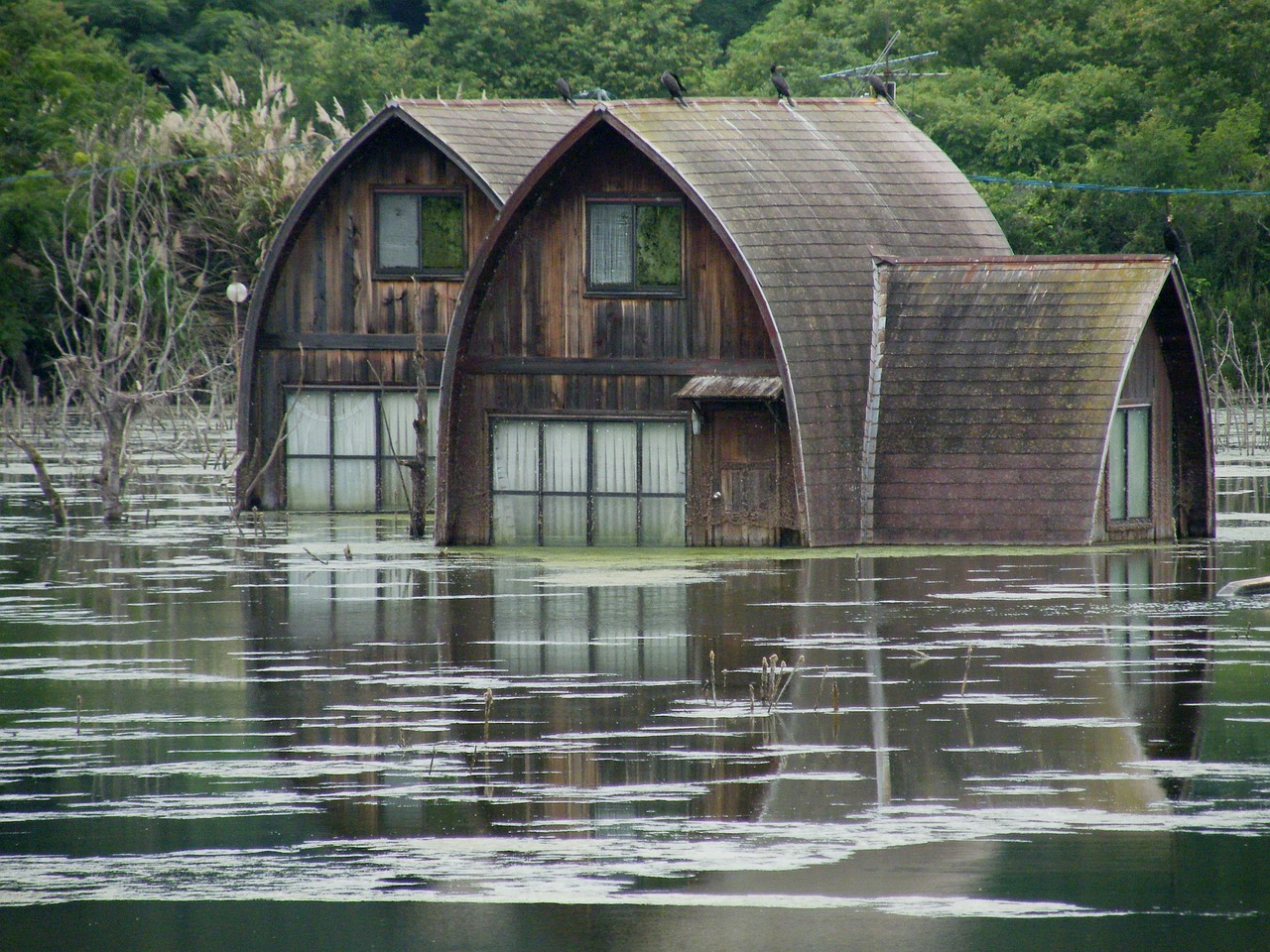
Researchers at the University of Wisconsin have introduced a new computer model designed to predict escalating flood risk across the Lower Mississippi River Basin, accounting for extreme rainfall, river basin responses, and uncertainty in storm behavior. The model extends prior work in stochastic storm transposition and hydrologic simulation to large watershed scales, enabling probabilistic forecasts of flood risk under changing climate and weather patterns.
The model inputs include synthetic storm transpositions, where historical storms are “relocated” across the basin to simulate a wide range of possible rainfall-runoff scenarios, and hydrologic routing through the river network. The approach allows estimation not just of expected flood magnitudes, but distributions of extreme responses. This probabilistic framework helps identify areas where flooding frequency and severity may shift under future climate forcing.
One objective of the research is to improve flood risk maps beyond static 100-year flood boundaries by incorporating storm variability and spatial correlation of extreme events. In the Lower Mississippi Basin, the model suggests that even moderate storm shifts could push river levels into flood thresholds more often than historical baselines allow.
The new method builds upon prior work by UW’s Daniel Wright, whose RainyDay software uses stochastic storm transposition in smaller watersheds. That technique is now being scaled up to continental watersheds, such as the Mississippi, by adapting to large-scale landscape and climatic heterogeneity.
Model developers emphasize that the Lower Mississippi system’s size, multiple tributaries, and complex flood dynamics present challenges in calibration, routing, and uncertainty propagation. Nonetheless, this advance offers the potential to anticipate shifting flood risk zones and inform infrastructure design, levee planning, and resilience strategies in a basin long known for extreme flood variability.
Sources: University of Wisconsin-Madison, University of Wisconsin-Madison
Want to read more like this story?
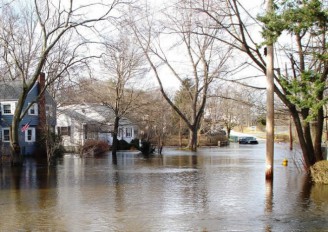
New parameter in flood risk assessment recent study reveals
Jan, 28, 2015 | NewsWith half a million dollars spent to adress direct flooding costs in the U.S. in 2012, flood risk ev...
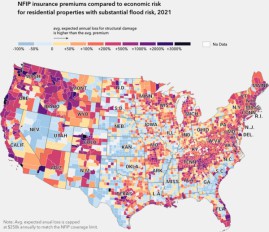
Flood risk increase for US infrastructure due to climate change: Insurance rates tend to underestimate the current conditions
Mar, 01, 2021 | NewsThe risk of flooding can cause severe damage to infrastructure. New evidence revealed that the poten...
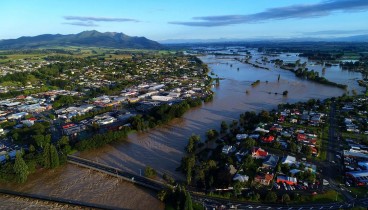
New Zealand massive floods: Thousands evacuated
Feb, 07, 2020 | NewsNumerous people have been evacuated after extreme rainfalls resulted in massive floods in New Zeala...

New satellite mission will enable better flood prediction modeling
Sep, 30, 2019 | NewsAccording to a recent study, a new satellite, set to launch in 2021, will offer a better understandi...

£200M Leeds Flood Scheme Safeguards Homes, Businesses, and Biodiversity
Nov, 26, 2024 | NewsThe Leeds Flood Alleviation Scheme is a landmark £200 million project aimed at protecting over 4,0...

Elevating houses to address flood risks: A detailed analysis
Oct, 26, 2020 | NewsElevating structures is a method that is widely utilized (especially in the United States) to tackle...

The Devastating Floods in Valencia: A Call for Enhanced Engineering Solutions
Oct, 29, 2024 | NewsThe recent catastrophic floods in Valencia have highlighted the urgent need for better engineering...

The Devastating Impact and Solutions to Flooding in Brazil
May, 20, 2024 | NewsThe recent catastrophic flooding in Rio Grande do Sul, Brazil, has brought widespread devastation a...
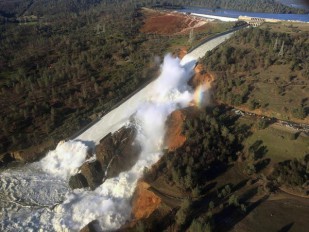
New study explains how global warming significantly increases the size of floods
Feb, 03, 2020 | NewsAccording to new research evidence, warming environment leads to more rainfalls and less snow accumu...
Trending

Vertical gardens in Mexico City to combat pollution

Saudi Park Closed After 360 Big Pendulum Ride Crashes to Ground, 23 injured

Characteristics of Load Bearing Masonry Construction

Taipei 101’s impressive tuned mass damper

Dutch greenhouses have revolutionized modern farming

Federal court rules Biden’s offshore drilling ban unlawful


